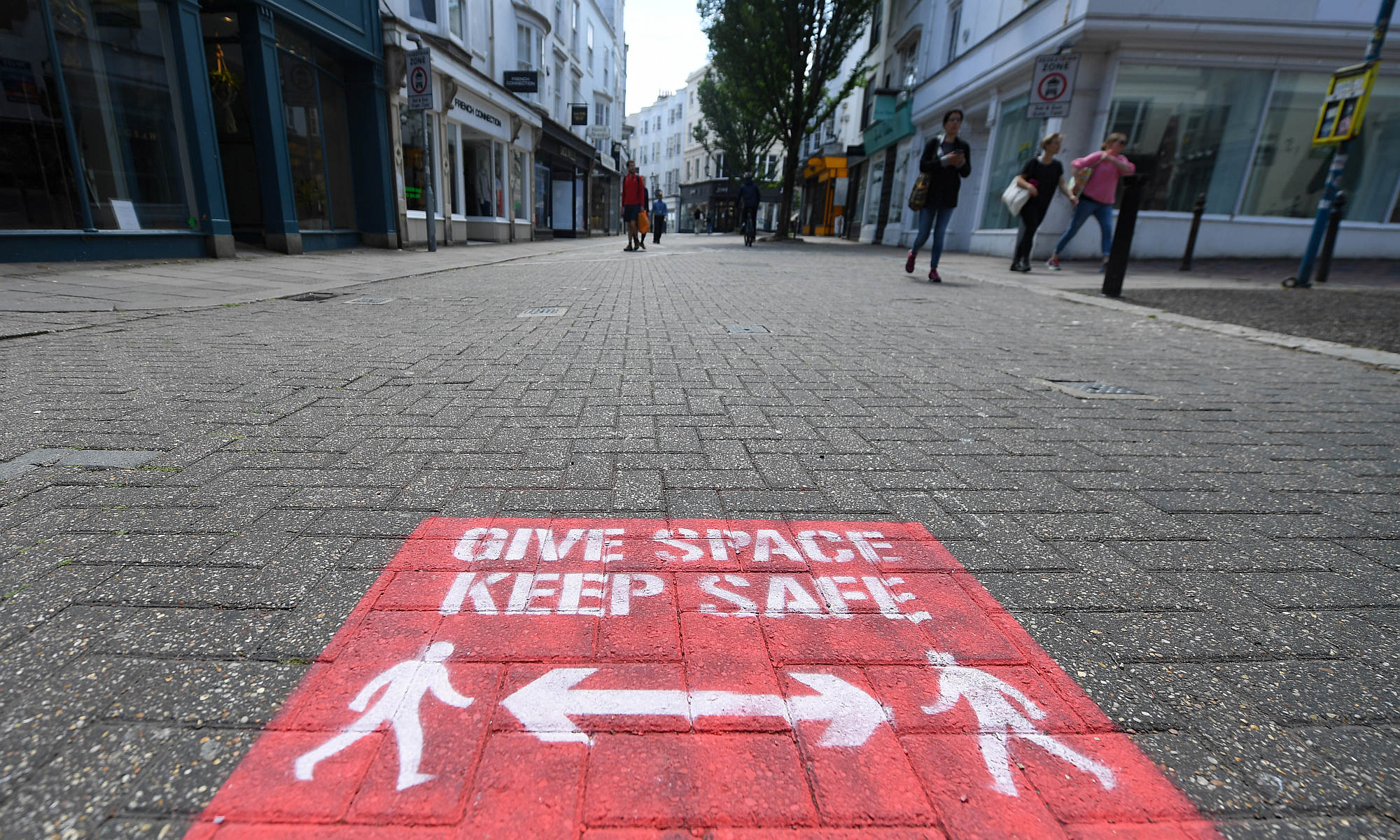
Long-read
Why lockdown has become a lifestyle
The culture of fear has made a lifetime of quarantine look attractive.
Want unlimited, ad-free access? Become a spiked supporter.
For almost half a century, fear has dominated the outlook of Western societies. One of the distinctive features of this outlook is the tendency always to think the worst. And it is this tendency that has exerted an all too powerful influence over policymakers and experts during the Covid pandemic.
EU member states’ decision to suspend the use of the AstraZeneca vaccine due to a possible link between the vaccine and an increased risk of blood clots is a clear example of worst-case thinking. That cases of blood clots among vaccine recipients were not significantly higher than one would normally expect in the population at large didn’t seem to matter. Worst-case thinking prevailed. The imperative to avoid taking a risk, no matter how small, triumphed. And, as a result, risk-averse officials undermined the credibility of a life-saving vaccine.
At the heart of worst-case thinking is the precautionary principle. This states that when confronted with uncertainty and the possibility of negative outcomes, it is always better to err on the side of caution. Many of the precautionary principle’s supporters have claimed that the suspension of the AstraZeneca vaccine misapplied the principle. They rightly note that ‘stopping vaccination is not a cost-free option, in that delay leads to deaths’. However, since the very rationale of the precautionary principle is to view uncertainty in terms of the worst case – in this case, thousands of vaccine-induced blood clots – EU member states were not misapplying it. It is just that because the stakes were so high due to Covid, the irrationalism of acting according to the precautionary principle was temporarily exposed.
The precautionary principle may have emerged from within environmentalism, but it now pervades all areas of life. It encourages us to feel fearful and insecure before the future. And it has led to safetyism – that is, the establishment of safety as the foundational value of Anglo-American culture.
We can see the deleterious impact of safetyism and worst-case thinking in the sphere of childhood. Indeed, childhood has been increasingly organised around the anticipation of the worst possible outcome. Parents are now reluctant to let their children out of their sight. And children have come to view themselves as fragile and vulnerable. During the pandemic, this fearful view of childhood and children intensified. Children’s mental health was said to be at risk, and their physical development threatened. This worst-case approach actually incited children to feel hopeless about their future.
So, fear is socially dominant. But this is not fear as an emotion, which arises when we instinctively feel threatened. Rather, this is fear as a perspective, a cultural orientation towards the world. It provides the prism through which we interpret everyday experience. It feeds risk-aversion, a heightened sense of vulnerability, a preoccupation with safety, and a lack of confidence towards the future.
The prevalence of this fearful perspective is turning lockdown into something approaching a permanent state. Policymakers and commentators talk of ‘the new normal’ – a post-pandemic world in which freedoms and customs we once took for granted are no more. And public-health professionals frequently hint that social distancing between people will be in place for years to come.
Thankfully, not everyone is prepared to accept the suggestion that there should be no return to normal life. Many crave physical and social contact. They want to be able to move freely again. However, this aspiration for freedom is often overwhelmed by a sense of powerlessness before the uncertainties of life. This is not surprising, given the way public institutions and the media have promoted a fearful outlook. But it is troubling.
An Ipsos Mori poll, from 25 March, captures the growing, fatalistic acceptance that there will be no quick return to normal. Thirty-six per cent of respondents said it would take at least six months to a year to restore normality; another 36 per cent stated that it will take a year or longer. That a combined 72 per cent of respondents believe that Covid-related restrictions will be in place well into the future shows how many have learned to accept lockdown as a part of everyday life.
More troubling still, a significant section of the public is embracing lockdown as a lifestyle. A recent study revealed that a majority – 54 per cent – felt they would miss aspects of lockdown. This acquiescence to, or even celebration of, lockdown often coexists with a reluctance to get on the commuter train or get back to the office. It has become fashionable to declare that Covid has taught us to work ‘better’ or ‘smarter’. ‘Professional-services firms need to work smarter in “new normal”’, writes one consultant, before adding that ‘the professional-services industry will be irrevocably altered by the Covid-19 pandemic’. Words like ‘irrevocable’, ‘unavoidable’ and ‘inevitable’ convey that all too familiar fatalistic message: ‘There is no alternative.’ Others happily suggest that masks and social distancing will be necessary for years to come.
Underpinning such a fatalistic acceptance of the omnipresent risk of viral contagion is the absence of any belief in humanity’s capacity to solve the problems it confronts. Instead, we are encouraged to make a virtue of lockdown and even to embrace the ‘lockdown lifestyle’.
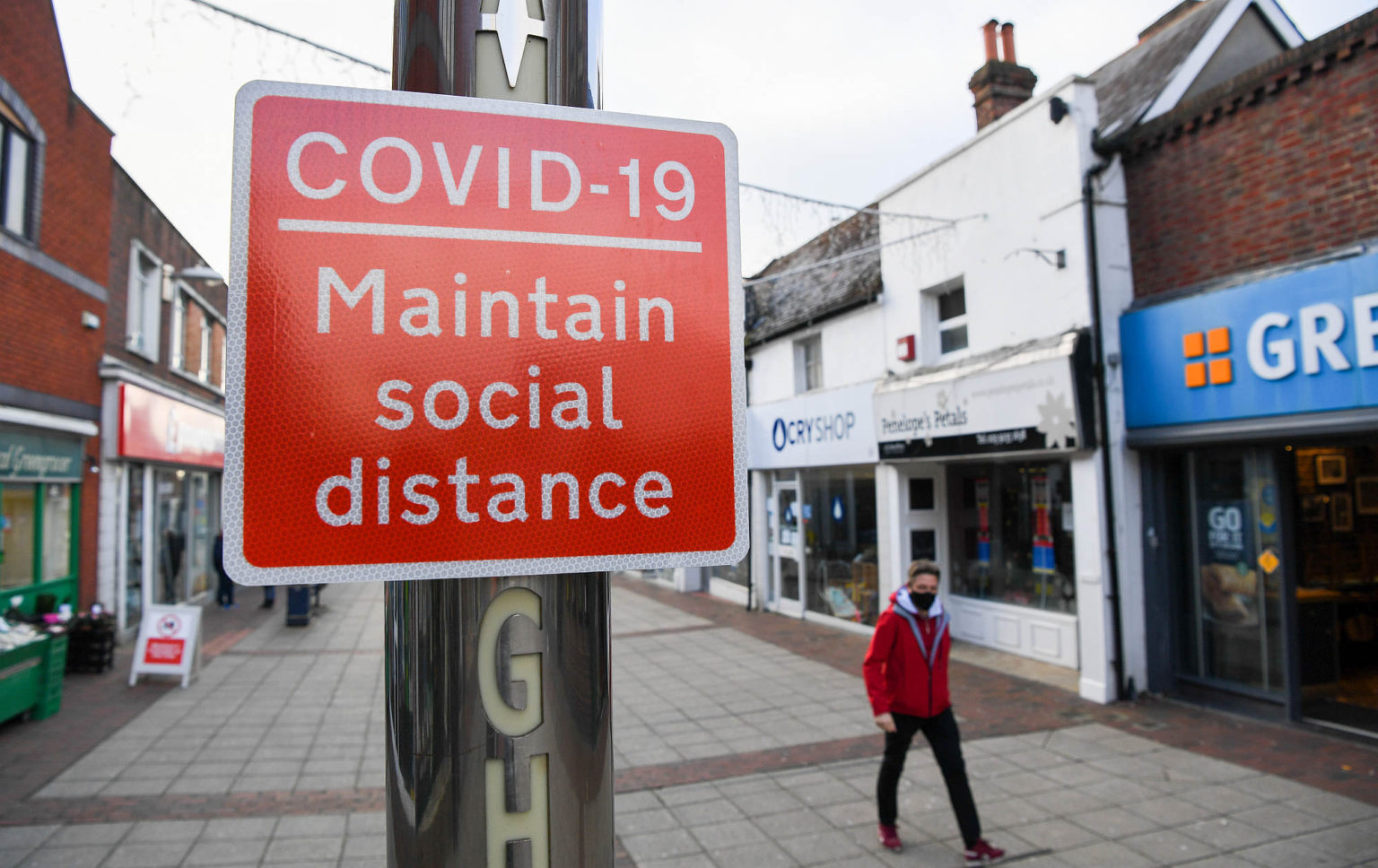
The origins of the lockdown lifestyle
Writing of the ‘widespread compliance with lockdown restrictions’, Dr Gary Sidley, a retired clinical psychologist, provides a compelling account of the systematic promotion of scaremongering by officialdom and the media. He notes that a paper written for the government’s Scientific Advisory Group for Emergencies (SAGE) on 22 March was concerned that the public was too relaxed about the pandemic. It argued that ‘the perceived level of personal threat needs to be increased among those who are complacent, using hard-hitting emotional messaging’. Others working in the Scientific Pandemic Insights Group on Behaviours (SPI-B), a subgroup of SAGE, seemed to have agreed. At least one member of SAGE was moved to admit that, ‘The British people have been subjected to an unevaluated psychological experiment without being told that is what’s happening’.
However, while it is tempting to attribute the high levels of compliance with official lockdown measures to the efforts of behavioural scientists and media scaremongering, there is more at play here. Psychological manipulation is important. But there are far more decisive influences on people’s response to the pandemic and their embrace of lockdown.
Take the role of political leadership, for example. Decisive, authoritative government can reinforce a public’s resilience. It will encourage people to face a major emergency, such as a pandemic, with confidence and hope. But that didn’t happen here. Too often the UK government acted as if it were not in control of the situation. And this lack of authority and decisiveness made the public feel even more anxious and insecure.
The government even seemed to be paralysed by its own fears, especially its fear of falling short of what it imagined the public wanted. It was not helped by the near constant media pressure on it always to do more. The government’s fearful indecision was captured most strikingly by the speed with which it switched from a relatively relaxed approach to pandemic management in mid-March last year to embracing a full lockdown by 23 March. This didn’t reassure people, however. It heightened their anxiety and reinforced their fearful outlook.
Indeed, the pre-existing perspective of fear is key to understanding both the high levels of public compliance with Covid restrictions and people’s subsequent embrace of lockdown culture. In short, people were already primed to respond to a crisis like Covid in the fearful, lockdown-demanding way that they did, because safety was already being treated as a supreme value, an end in itself – one for which it was worth sacrificing virtually all aspects of societal life.
The demand for a safe space
In a sense, the embrace of lockdown by many people has been a long time coming. This is because generations of young people have been socialised in the culture of fear. Thanks to the adoption of new therapeutic childrearing and educational practices, in which protecting children from risk has been paramount, these children have grown up with a fearful perspective. Older character ideals, such as courage, have been marginalised. As the historian Peter Stearns pointed out:
‘Convincing the child that his or her environment was risk-free was essential; teaching him or her to overcome risk with courage dropped away – a truly fundamental change.’ (1)
This mode of socialisation deprived people of one of the most important moral resources that one can draw upon in the face of fear — courage.
As Aristotle and numerous other great philosophers have observed, the virtue of courage has long played an important role in the management of fear. Courage, alongside other virtues, such as reason, judgment, prudence and fortitude, offers an effective and flexible antidote to the perspective of fear. Educating young people to embrace these values can ensure that new generations of people become self-confident, and develop a more balanced and optimistic attitude towards the future.
Courage itself can be cultivated through social practices that encourage people to use their initiative and take responsibility for themselves and others. Through these practices, people gain the experiences necessary for the development of confidence and courage. Aristotle noted that confidence can emerge from the experience of confronting the threats we face. ‘We feel confidence’, he wrote, where we ‘have often met danger and escaped it safely’.
Those who possess courage still feel fear, of course. But they are not overcome by it. A courageous individual will be able to draw on his own reasoning and use his own judgment in the face of a threat. Most important of all, courage provides society with hope and counteracts the cultural influence of fear. It allows people to recognise that uncertainty can be a source of hope as well as fear. The philosopher Hannah Arendt went so far as to argue that courage underwrites society’s capacity to live freely. ‘Courage’, she wrote, ‘liberates men from their worry about life for the freedom of the world’. Arendt even cited Winston Churchill’s claim that courage is ‘the first of human qualities, because it is the quality which guarantees all the others’ (2).
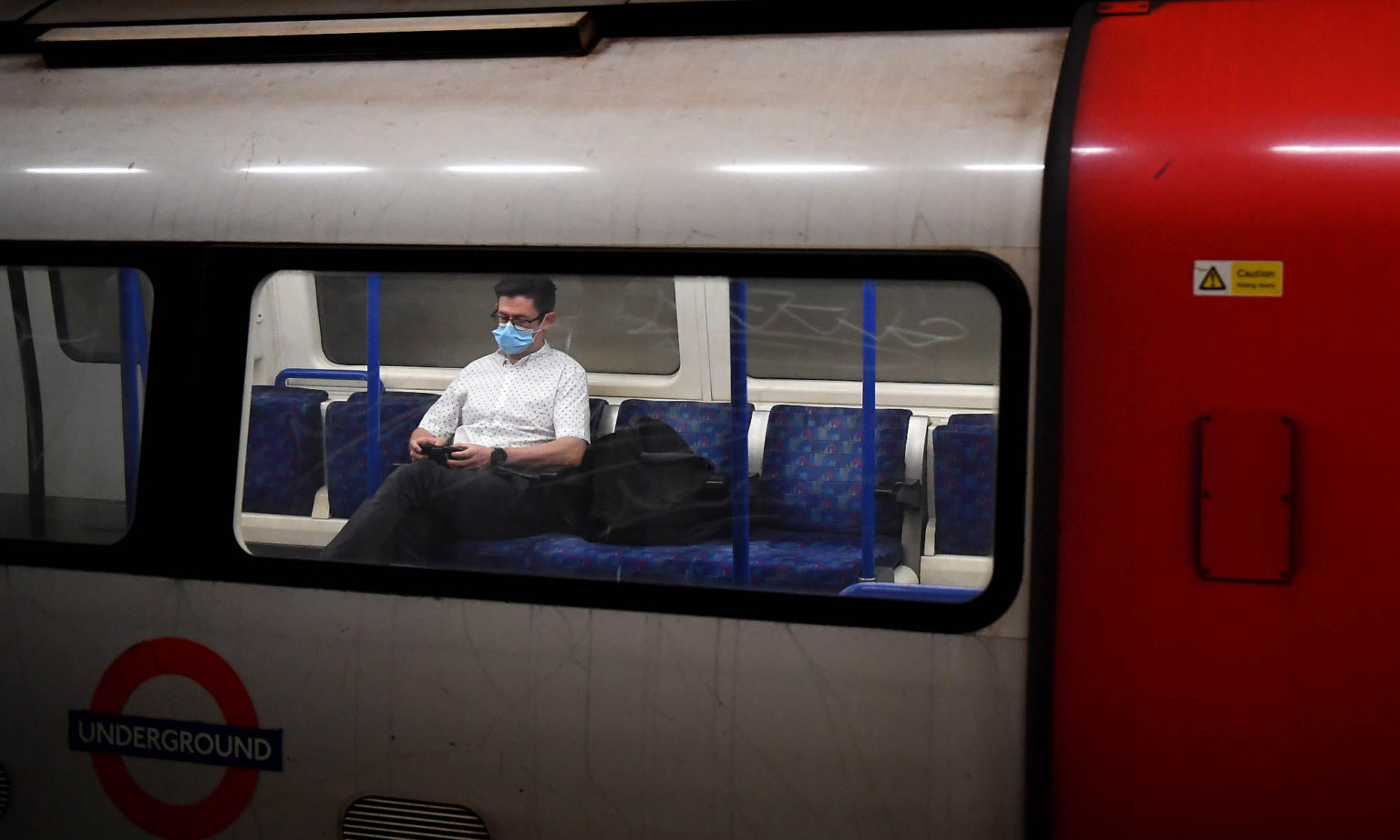
Western society still holds courage – and displays of heroism – in high regard. But in terms of everyday practices, it does very little to cultivate it. In effect, the ideal of courage has been downsized. It has been reduced to an element of self-help, a quality that one exhibits simply through ‘surviving’ the ordinary experiences of life. We saw this during the pandemic, when people getting on with their lives and going to work were routinely described as ‘courageous’. Indeed, rarely has the term ‘hero’ been so promiscuously applied to unexceptional behaviour as it was during lockdown. Courage is thus often a zombie concept whose main purpose is to flatter people.
In reality, the virtue of courage has been devalued at the same time as safety has been valorised. Hence the rise of the idea of ‘safe spaces’. These are areas that institutions and organisations now pride themselves in offering. They are spaces which, by definition, designate the world beyond as unsafe – spaces, in fact, that are not unlike those to which we have been confined during lockdown. Indeed, the voluntary quarantine of the safe space anticipates the involuntary quarantine of the lockdown. They both draw on the fear that the human condition is inherently unsafe.
The late 1970s concern with ‘psychic survival’ provided the initial impetus for the emergence of attitudes that eventually led to a demand for safe spaces. This was captured in the title of psychiatrist Anthony Fry’s 1987 book, Safe Space: How to Survive in a Threatening World. ‘As I looked carefully at this rather threatening world’, he wrote, ‘it seemed that safe space for many of us was becoming increasingly hard to find and that for a whole variety of reasons, material, social and personal conditions were becoming ever more unsuitable for human beings’ (3). Fry yearned for what he described as the ‘protected spaces of childhood’. It is a telling image, for his metaphor of safe space often seems to invoke the security of the child still in the womb.
Right from its initial conceptualisation, then, ‘safe space’ implicitly suggested that what lies outside it is likely to be unsafe. This pre-existing sense of unsafe space has expanded during the pandemic. As Jonathan Mayer, professor emeritus of geography and epidemiology at the University of Washington, put it, as danger, real or perceived, creeps closer, the notion of safe space contracts. From this standpoint, everything outside our home is now deemed unsafe, while staying indoors offers security from an inherently dangerous world.
But from what do safe spaces provide protection? On campus, safe spaces were not established in response to a public-health threat. They were instituted to protect people from the sometimes harsh judgment of others. They didn’t so much presuppose people’s physical vulnerability as their emotional and mental fragility. They were designed to protect an individual’s psychic identity.
At times, campaigners for safe space flaunt their vulnerability and fragility in order to justify their demand for protection. Indeed, they continued to call for people to be protected from the emotional pain caused by words and criticisms even at the height of the pandemic. ‘Having a space where LGBTQ people can simply exist in their own skin and experience, without judgment or pressure to hide for the benefit of cisgender, heterosexual people, can be enormously beneficial’, wrote one LGBTQ advocate in May 2020.
When I carried out a content analysis of documents calling for safe spaces in 2016/17, I was struck by the regularity with which the avoidance of judgment featured as a key objective for campaigners (4). In effect, a safe space provides a quarantine from the threat of judgment. That is why, from this perspective, free speech and robust debate are often diagnosed as unsafe and a danger to mental health. Supporters of safe spaces regard the absence of judgment as one of their most cherished features. Hence the Student Services Value Statement of St Andrew’s University promises ‘actively [to] reflect’ on its ‘practice to ensure our environment is non-judgemental’. This is how universities regularly portray their safe spaces – as havens from judgment. Or, in the words of Montana State University, ‘Safe Zone provides an avenue for LGBTQ individuals to be able to identify places and people who are supportive, non-judgmental, and welcoming of open dialogues regarding these issues’.
This is telling. The idealisation of safety, the transformation of it into a socially valued objective, rests precisely on the devaluation of those qualities that we use to manage uncertainty and calculate risk — namely, courage and judgment (5). For it is judgement that we use to deal with our fears. And yet it is judgement that many today cast as a threat to people’s wellbeing and safety.
The sentiments fuelling the demand for safe spaces played a key role in encouraging certain sections of society to call for the society-wide safe space of lockdown. And they are also driving their embrace of lockdown culture.
We need to dethrone safety
So long as Western society continues to deify safety it will remain in thrall to the culture of fear. And self-imposed quarantines will indeed become an acceptable lifestyle.
Yet, although humanity can never be free of fear as an emotion, it is possible to create the conditions for society to liberate itself from the culture of fear. This is a necessary and urgent task, because the valorisation of safety threatens our freedom. As the EU’s fearful response to the AstraZeneca vaccine showed, it even spoils the fruits of human innovation.
The perspective of fear holds back human development. It restrains the freedom to explore, experiment, to take risks and to make choices. That is why we need to envisage a world in which fear ceases to be regarded as the principal motivating force in public life. We need to start embracing the future as a source of hope and opportunity, rather than of threat and insecurity.
Do we really want to cultivate in our children an embrace of lockdown as a lifestyle? The moment we pose this question is the moment we begin to liberate ourselves from the doom-laden grip of the promoters of the new normal.
Frank Furedi’s latest book Democracy Under Siege: Don’t let Them Lock It Down is published by Zer0 Books.
Pictures by: Getty Images.
(1) American Fear, by PN Stearns, Routledge, 2005, p102
(2) Between Past and Future, by H Arendt, Penguin Books, 2006 p154
(3) Safe Space: How to Survive in a Threatening World, by Anthony Fry, Dent, 1987, pXIV
(4) See What’s Happened to The University? A Sociological Exploration of its Infantilization, by Frank Furedi, Routledge, 2017
(5) For a discussion of the consequences of the loss of judgment see Why Borders Matter: Why Humanity Must Relearn the Art Of Drawing Boundaries, by Frank Furedi, Routledge, 2020
You’ve read 3 free articles this month.
Support spiked and get unlimited access.
Help us hit our 1% target
spiked is funded by readers like you. It’s your generosity that keeps us fearless and independent.
Only 0.1% of our regular readers currently support spiked. If just 1% gave, we could grow our team – and step up the fight for free speech and democracy right when it matters most.
Join today from £5/month (£50/year) and get unlimited, ad-free access, bonus content, exclusive events and more – all while helping to keep spiked saying the unsayable.
Monthly support makes the biggest difference. Thank you.
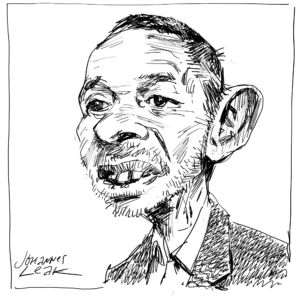
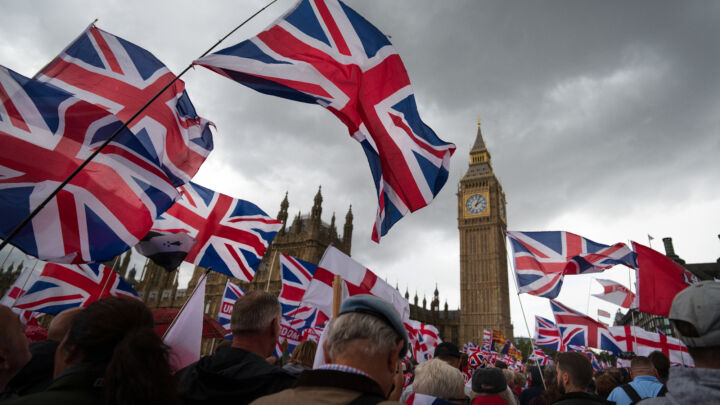
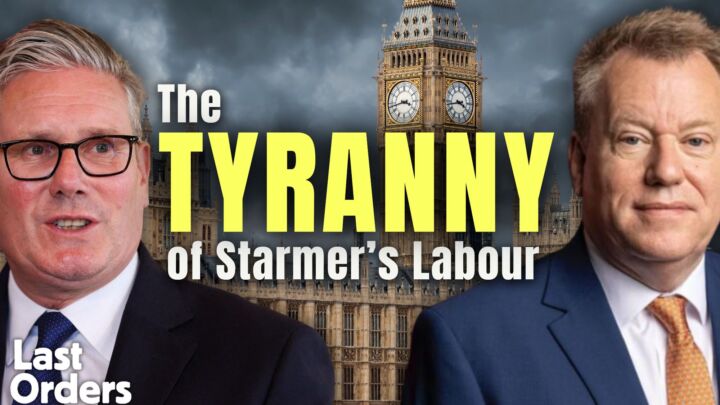



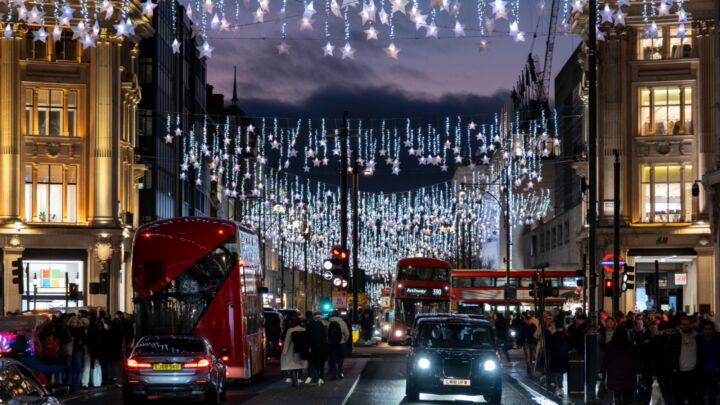
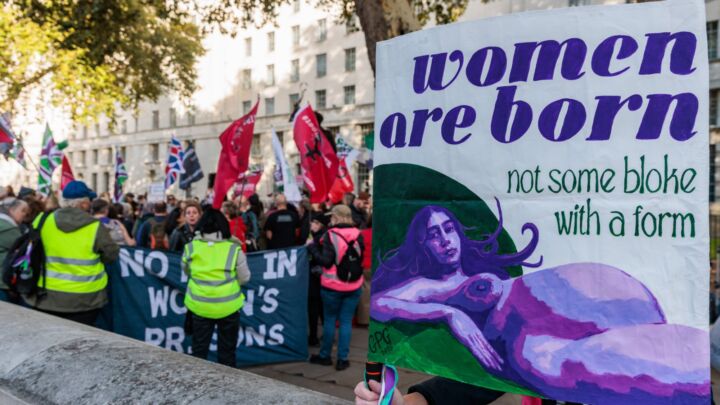


Comments
Want to join the conversation?
Only spiked supporters and patrons, who donate regularly to us, can comment on our articles.